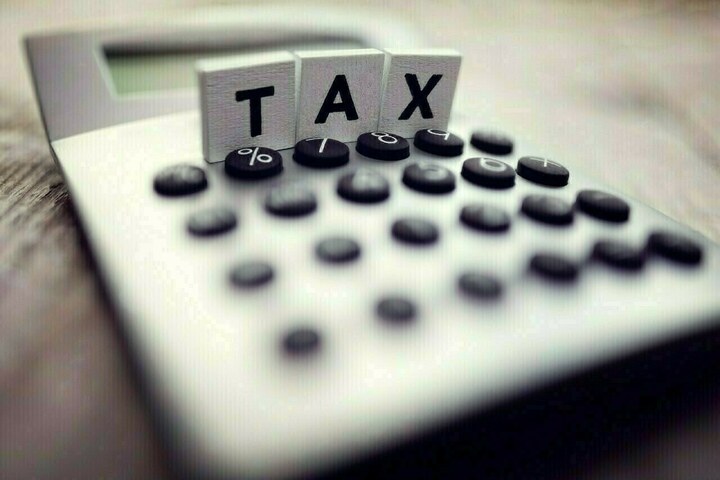ISLAMABAD: An economic thinktank has claimed that the tax-to-gross domestic product (GDP) ratio of the Federal Board of Revenue (FBR) has declined from 11.6 percent in 2019–20 to 10.4 percent in 2024–25.
According to a report – Decoding Pakistan’s Budget Dynamics – issued by Economic Policy and Business Development on Monday, the 15–year period shows a significant increase in nominal GDP, with the most dramatic acceleration occurring in the 2019-20 to 2024–25 period.
The tax-to-GDP ratio shows a modest improvement through 2019–20 but declined by 2020–25, highlighting persistent challenges in revenue mobilisation despite repeated reform efforts.
In 2019–20, the tax-to-GDP ratio remained 13.2 percent, the report said.
The revenue composition shows differential growth rates across the 15-year period. Tax revenues grew steadily through fiscal year 2009–10 to 2019–20 and accelerated in the 2019–20 to 2024–25 period.
Direct taxes grew faster than indirect taxes over the full period, indicating a gradual shift toward income–based taxation. Non-tax revenue grew modestly from 2019–20 to 2024–25 but surged dramatically in the following five years, growing at an implied annual rate of over 40 per cent between2019–20 to 2024–25 period.
Tax component analysis revealed that all major tax heads grew significantly over the 15-year period. Customs duties saw particularly rapid growth from 2014–15 to 2019–20, growing from Rs281 billion to Rs1,000 billion.
The petroleum levy, while growing modestly in the earlier periods, accelerated extraordinarily in the 2019–20 to 2024–25 period, becoming a major revenue source by 2024–25. Income tax is the largest contributor to tax revenues, amounting to Rs5,454 billion in 2024–25.
Provincial share in federal revenues increased substantially over the 15-year period, growing at an average annual rate of 17.7 per cent, exceeding the growth rate of the overall budget.
As a percentage of gross revenue, provincial share increased from 32.6 per cent in 2009–10 to a peak of 48.5 per cent in 2019–20, before moderating to 41.8 per cent by 2024–25. The increase from 2009–10 to 2014–15 reflects the impact of the 7th NFC Award, which raised the provincial share of the divisible pool from 43.75 per cent to 57.5 per cent.
The report concluded that despite tax revenues growing by 768 percent, the tax-to-GDP ratio remained largely stagnant around 10–11 per cent. The increasing reliance on SBP profits (1,567 per cent growth) indicates dangerous dependence on central bank financing rather than sustainable tax measures, it added.
Copyright Business Recorder, 2025


